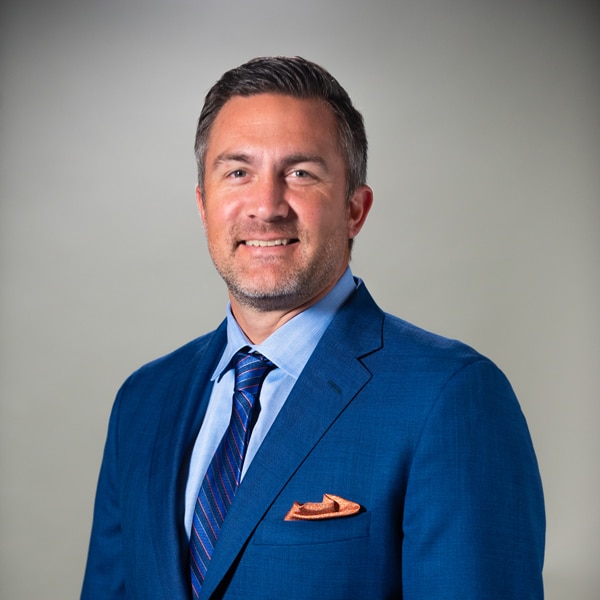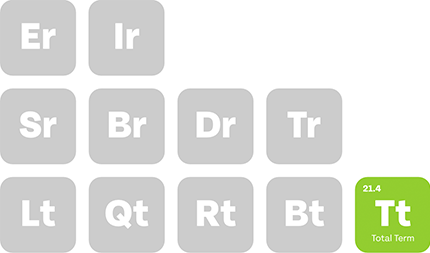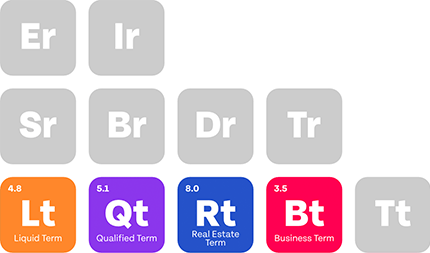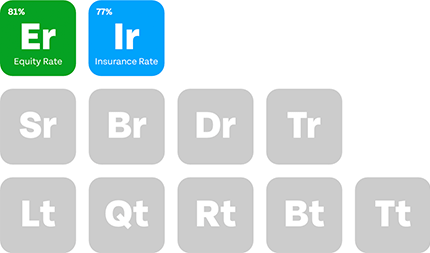Years of education and training go into learning how to become a neurologist. Neurologists complete over a decade of higher education and training. This formal education and training process allows neurologists to know human anatomy and clinical practice to diagnose and treat a range of neurological disorders and diseases.
For those curious about how to become a neurologist, let’s look at the clinical education process and how physicians can maximize their income and financial potential during this process.
Key Takeaways
- The neurologist education and training process usually takes 12–14 years of post-secondary education.
- The United States medical training system requires neurologists to complete one of the longest and most expensive training programs in the world.
- By making informed decisions early in training, neurologists have a framework to make better decisions early in their careers.
Table of Contents
Undergraduate: The Foundation for Medical School
The journey of how to become a neurologist begins by learning foundational scientific information in undergraduate programs. Neurologists do not need to have a specific major, though many complete degrees in biology, chemistry, or neuroscience. All students must take four years of prerequisite coursework to qualify for medical school, including organic chemistry, physics, and anatomy.
During this time, it is also important to complete internships or clinical experiences, such as working as a medical assistant or shadowing a physician. The competition for acceptance into medical school is fierce, so strong performance is important. Most students apply to medical school in their junior or senior year and often take the Medical College Admission Test (MCAT) at this time.
These early academic and clinical experiences lay the groundwork for anyone researching how to become a neurologist.

Medical School: The Medical Degree
Medical school is one of the most critical stages in understanding how to become a neurologist. The medical degree usually takes four years of schooling. The first two years are generally focused on classroom learning in human anatomy, physiology, pathology, and pharmacology. During the final two years, students have the opportunity to learn from neurologists and other medical professionals in clinical rotations, both in hospitals and at primary care clinics.
Neurology interest can be furthered during this time by taking neurology rotations and working on research projects. After four years, medical students graduate with a Doctor of Medicine (MD) or Doctor of Osteopathic Medicine (DO) degree.
Residency: Clinical Training in Neurology
Residency training is where physicians gain hands-on experience and truly understand how to become a neurologist capable of diagnosing and treating complex neurological conditions. Once the medical degree is complete, the next step is to complete a residency program to become a neurologist. The Accreditation Council for Graduate Medical Education (ACGME) oversees accreditation. Neurology residency is generally four years long. The first year is an internal medicine internship, while the remaining three years are specific to neurology.
Neurology residency offers physicians the opportunity to work with neurologists and learn clinical procedures in a range of clinical settings, including academic and community hospitals, as well as neurology clinics. Common diseases and disorders seen by neurologists in residency include stroke, epilepsy, multiple sclerosis, and neurodegenerative conditions. At this time, residents are also earning an income for the first time. Salaries during residency are typically $60,000–$75,000 per year but depend on geographic location. Work hours and demand are still significant, however.
Fellowship: Subspecialization in Neurology
Neurologists who want to subspecialize in areas like neurocritical care, epilepsy, neuromuscular disorders, or movement disorders can pursue fellowship training after residency. A fellowship is one or two years of training in a specific clinical area that builds upon the education and training in residency. For those exploring how to become a neurologist with advanced subspecialty expertise, a fellowship provides additional opportunities for training and specialization.
By completing a fellowship, neurologists can earn higher salaries and enjoy greater career opportunities. Neurology subspecialties with the highest salaries include neurocritical care and interventional neurology. Subspecialization can also guide a physician’s career decisions as they enter into research, clinical practice, and academia.
Certification and Licensure
Neurologists can become certified by passing the United States Medical Licensing Examination (USMLE) for MDs or the Comprehensive Osteopathic Medical Licensing Examination (COMLEX) for DOs. Board certification by the American Board of Psychiatry and Neurology (ABPN) is also possible and highly recommended. Certification requires passing written and oral exams and ongoing continuing medical education credits.

Licensure and board certification are final steps in the process of how to become a neurologist and practice independently.
Timeline to Becoming a Neurologist
The timeline below outlines the major steps involved in how to become a neurologist. Here is a full list of the timeline required to become a neurologist:
- 4 years of undergraduate education
- 4 years of medical school
- 4 years of residency
- 1–2 years of fellowship training (optional)
This means that most neurologists are just getting started in their careers when they are in their early to mid-thirties. It is a long time to reach professional autonomy, but it also allows neurologists to master clinical and diagnostic skills.
Financial Considerations for Neurologists
While learning how to become a neurologist, understanding the financial impact of education and training is just as important. According to the Association of American Medical Colleges (AAMC), the median medical school graduate leaves medical school with over $200,000 in student loan debt. For neurologists in training, the significant cost of education, training, and living expenses mean that residents and fellows must carefully budget and manage their income.
It is important to prepare for the demands of residency and fellowship contracts and to explore opportunities to build an early foundation for long-term financial stability, including debt management, compensation negotiation, and income protection.
How to Become a Neurologist: Strategic Career Planning
We now know how to become a neurologist and what it takes to be financially successful and protected as a neurologist. At Physician’s Thrive, our mission is to make sure your financial foundation is strong, allowing you to focus on your career as a neurologist.
From student loan management to employment contract reviews and insurance planning, our expertise ensures physicians protect their income and build wealth throughout their careers. Contact us today to learn how we can support your journey from residency to long-term financial security.








































